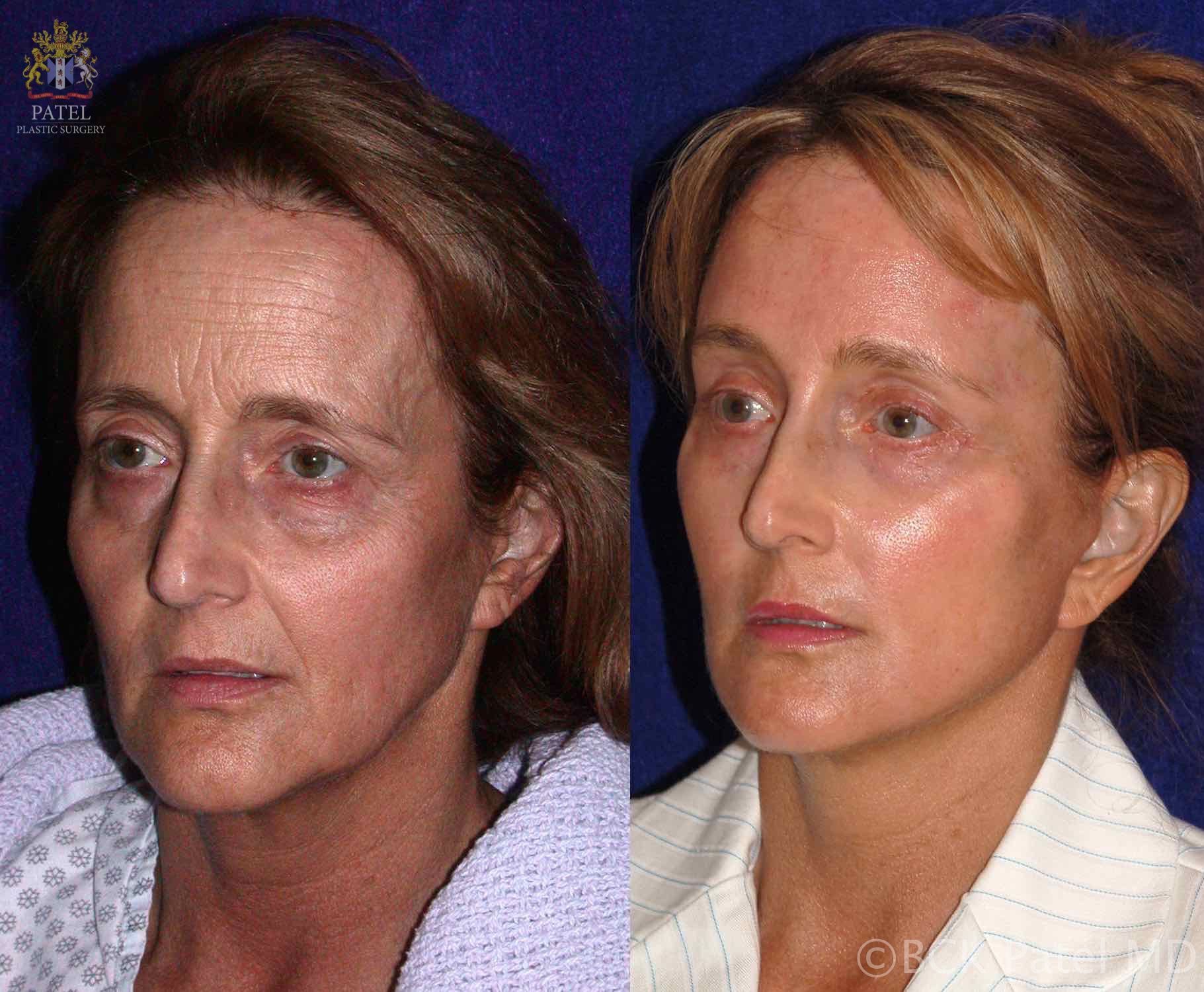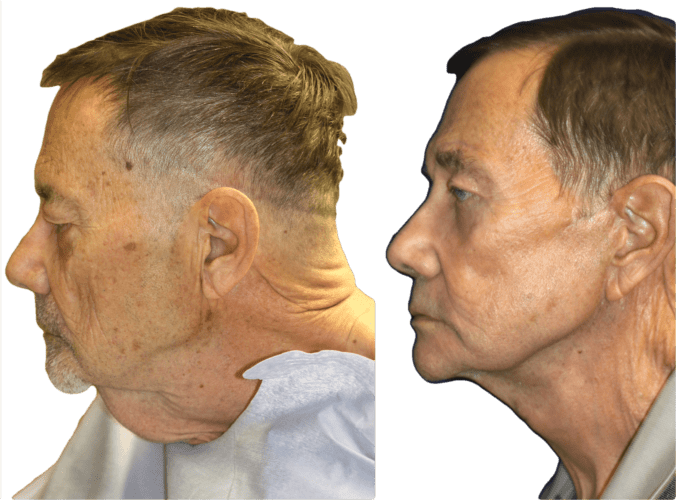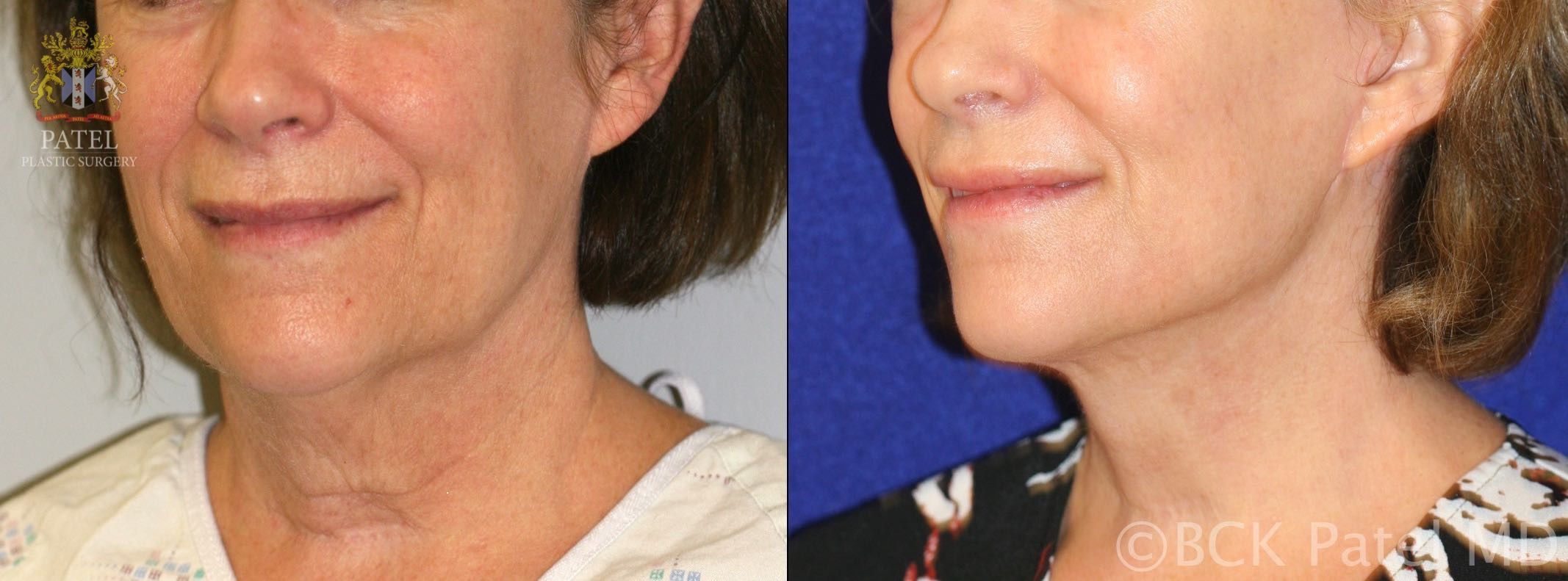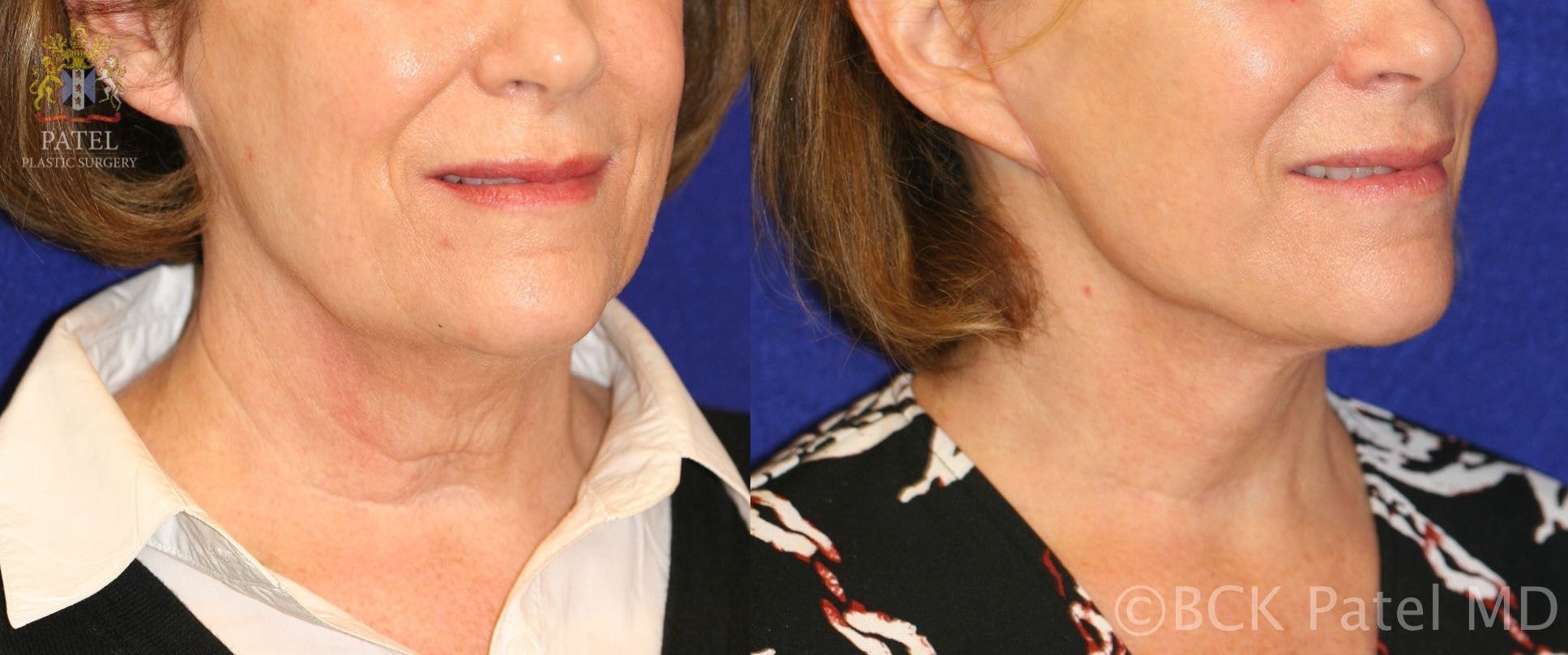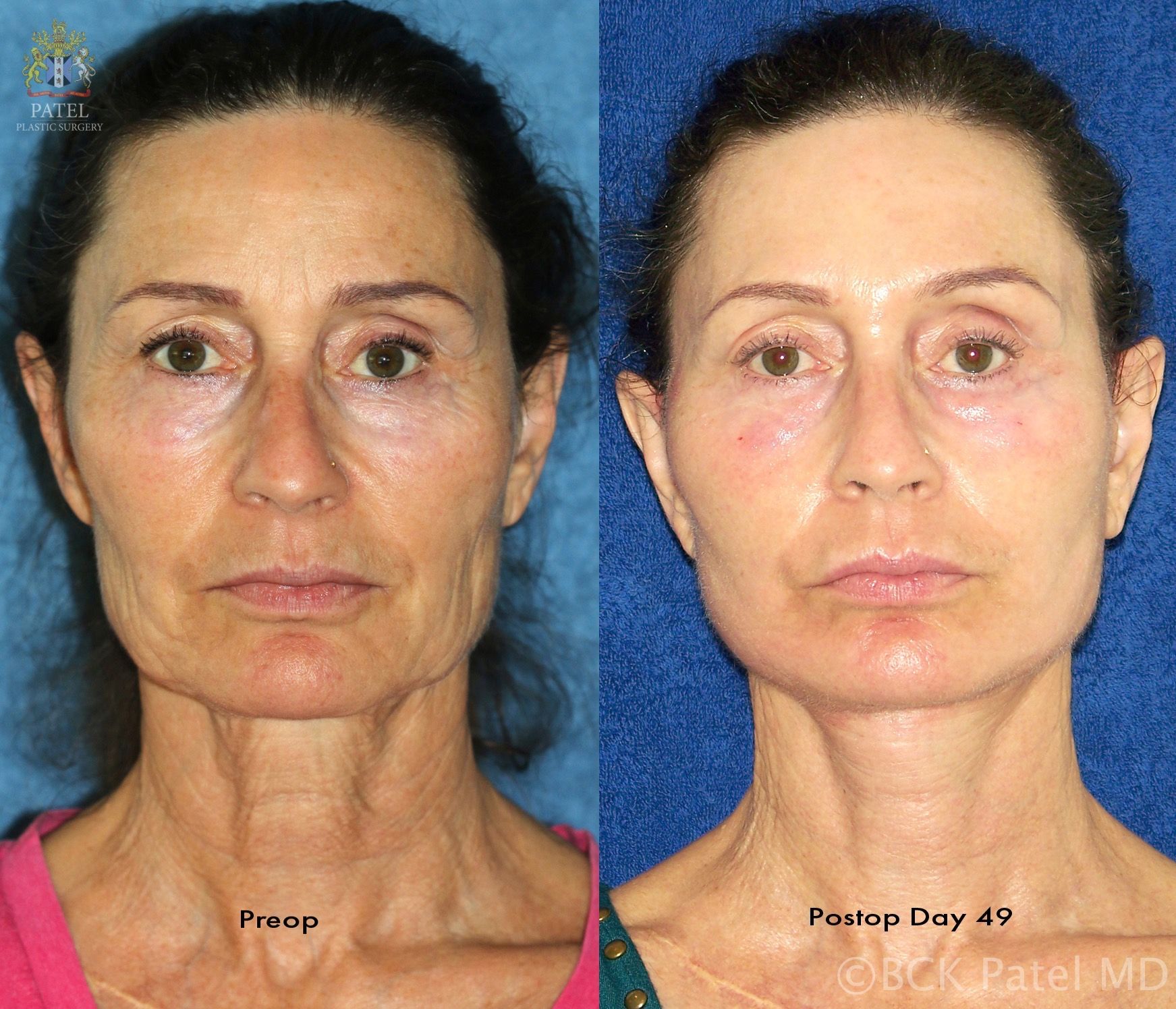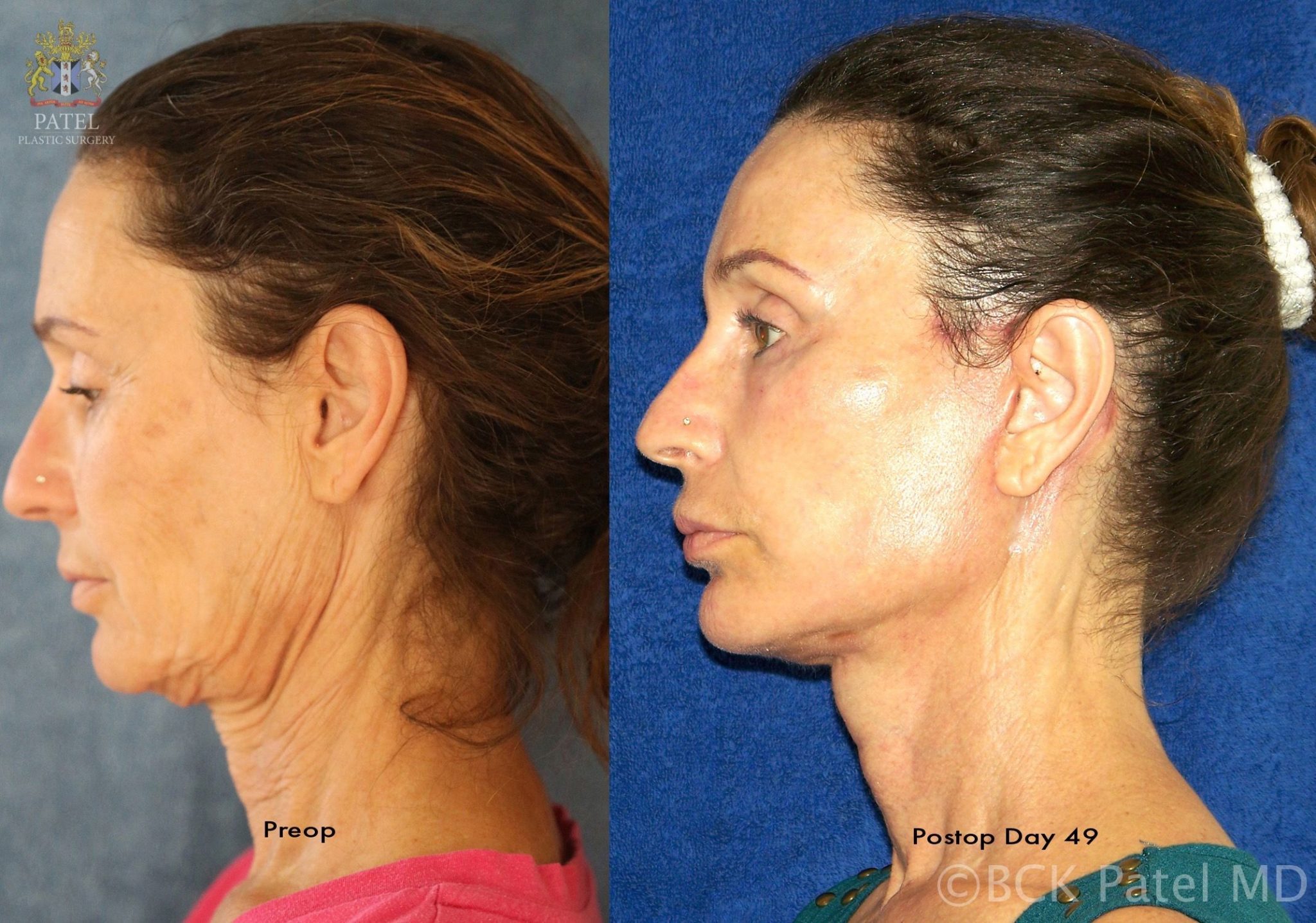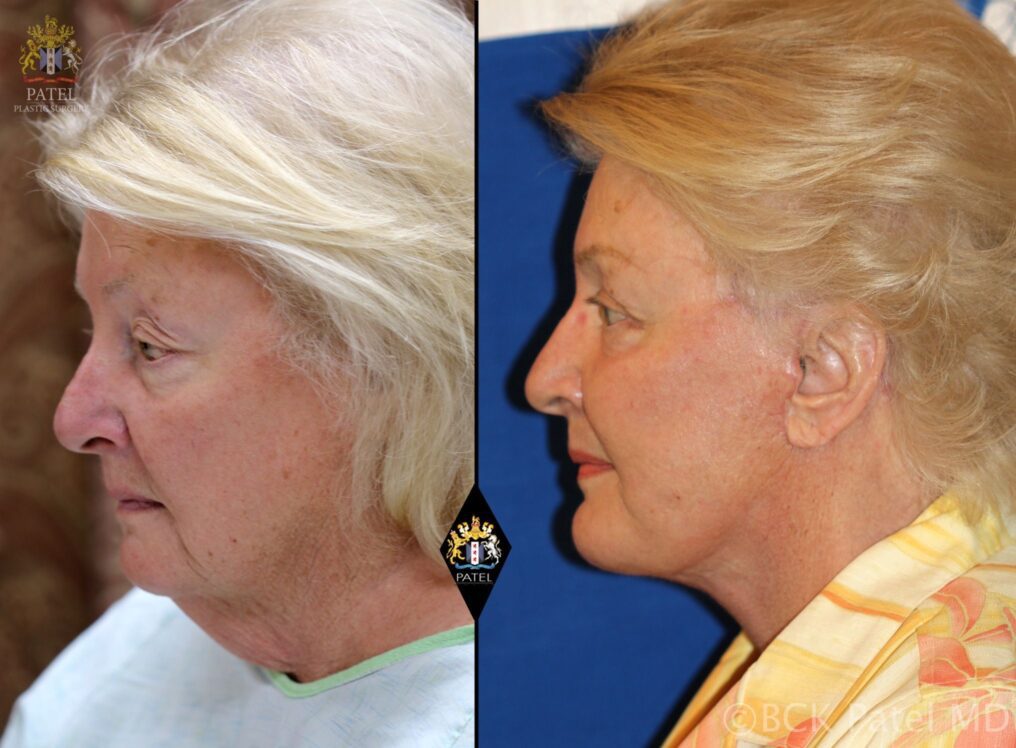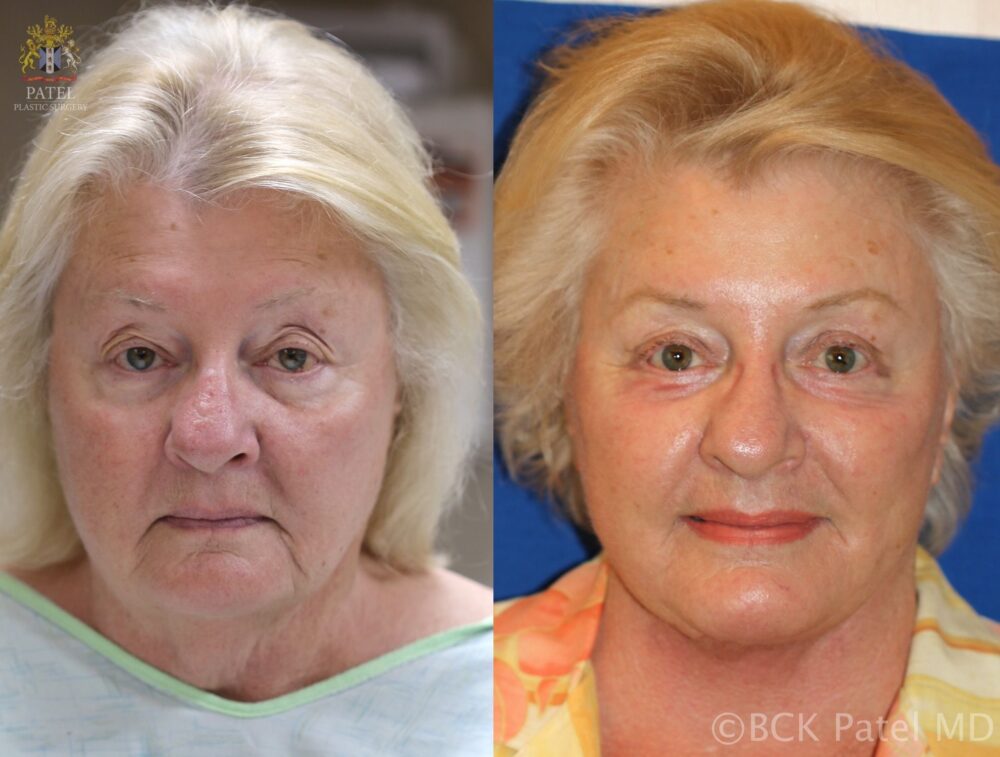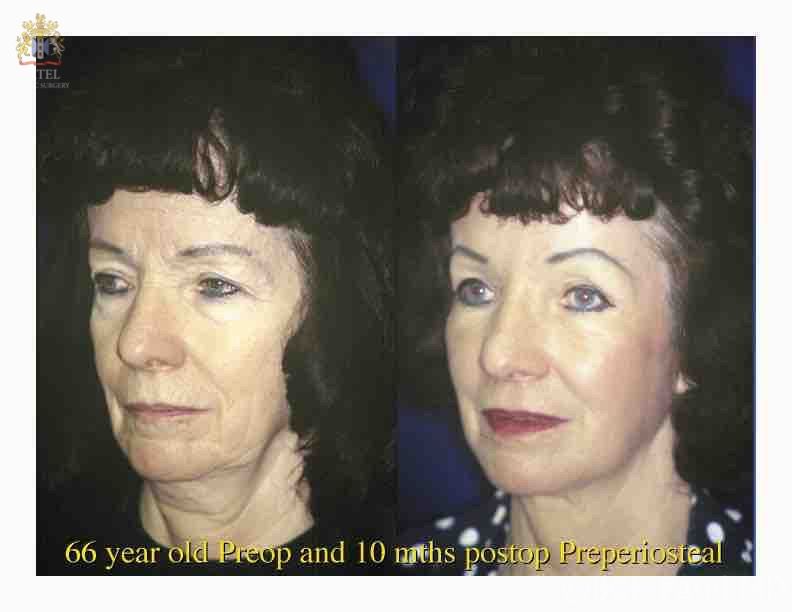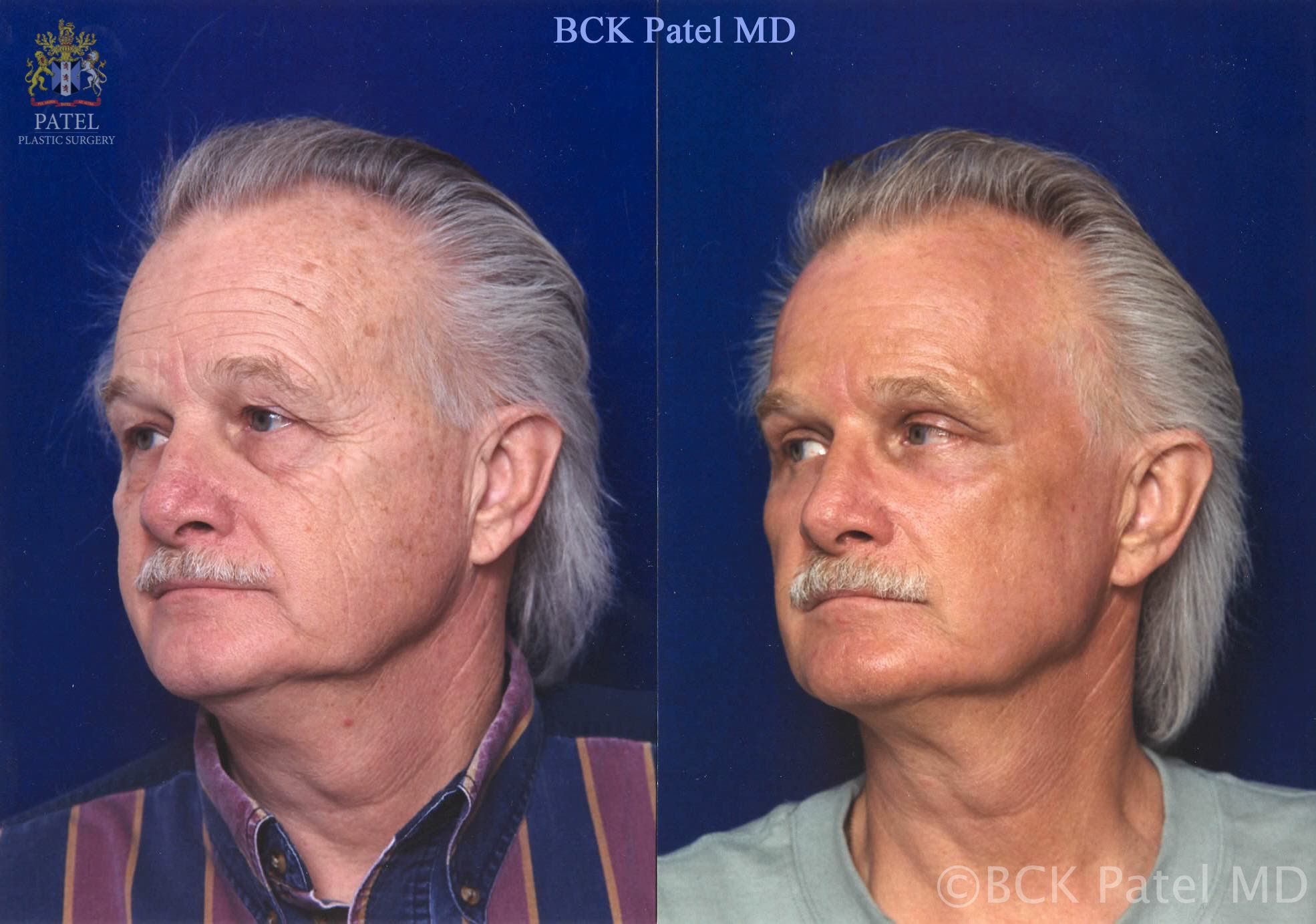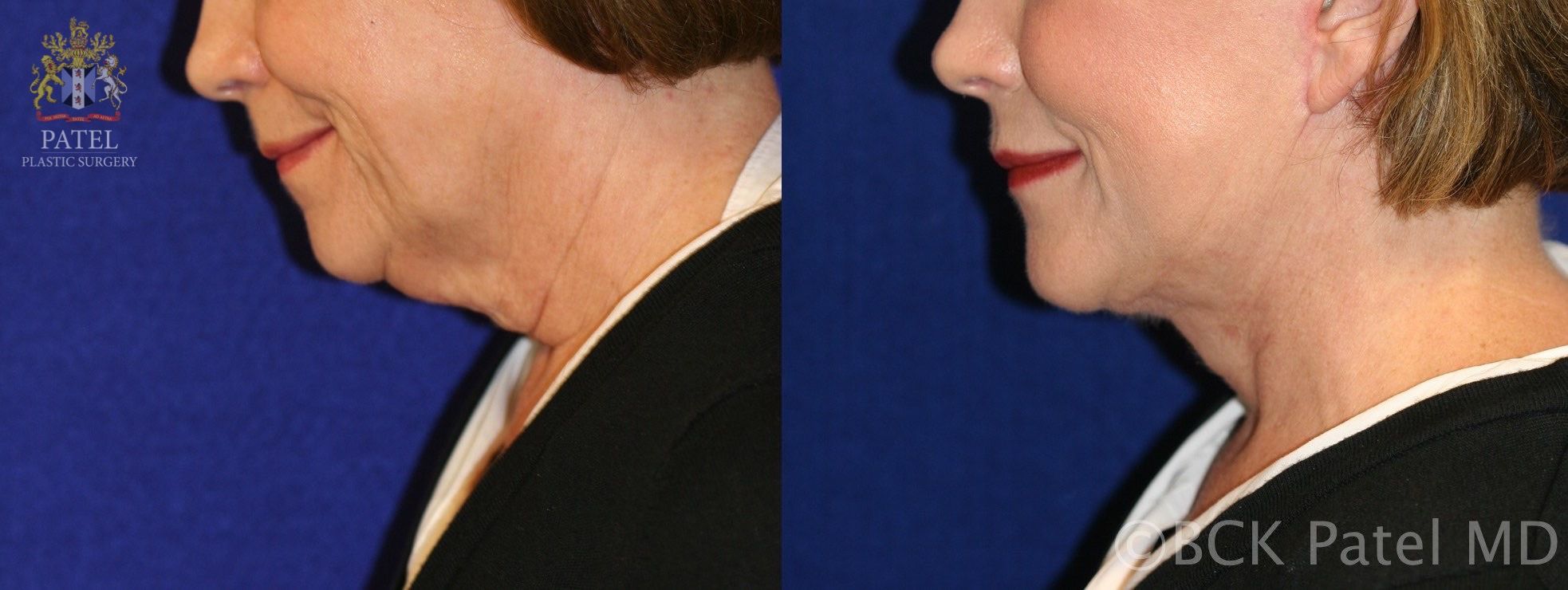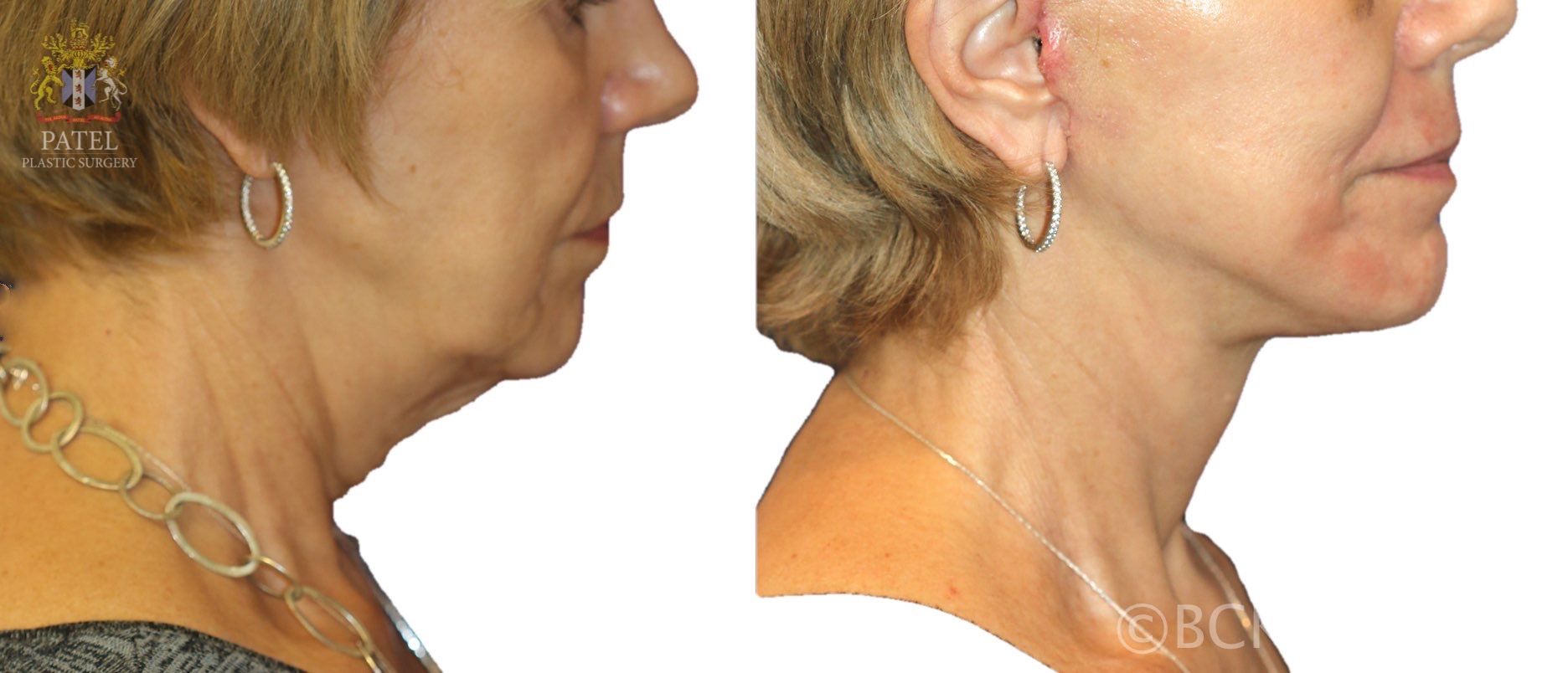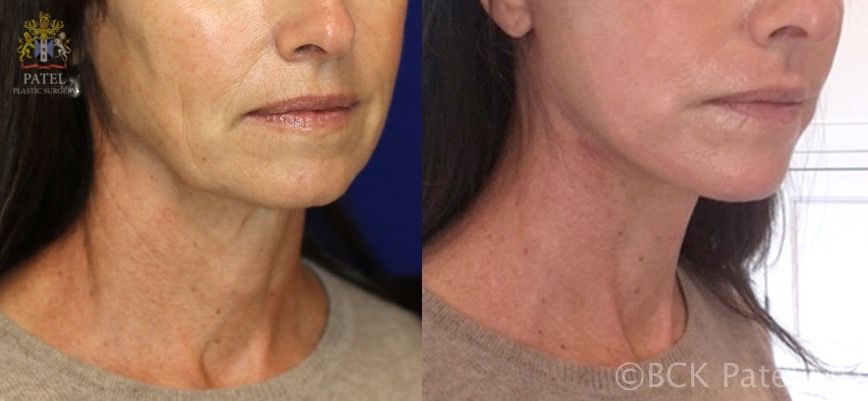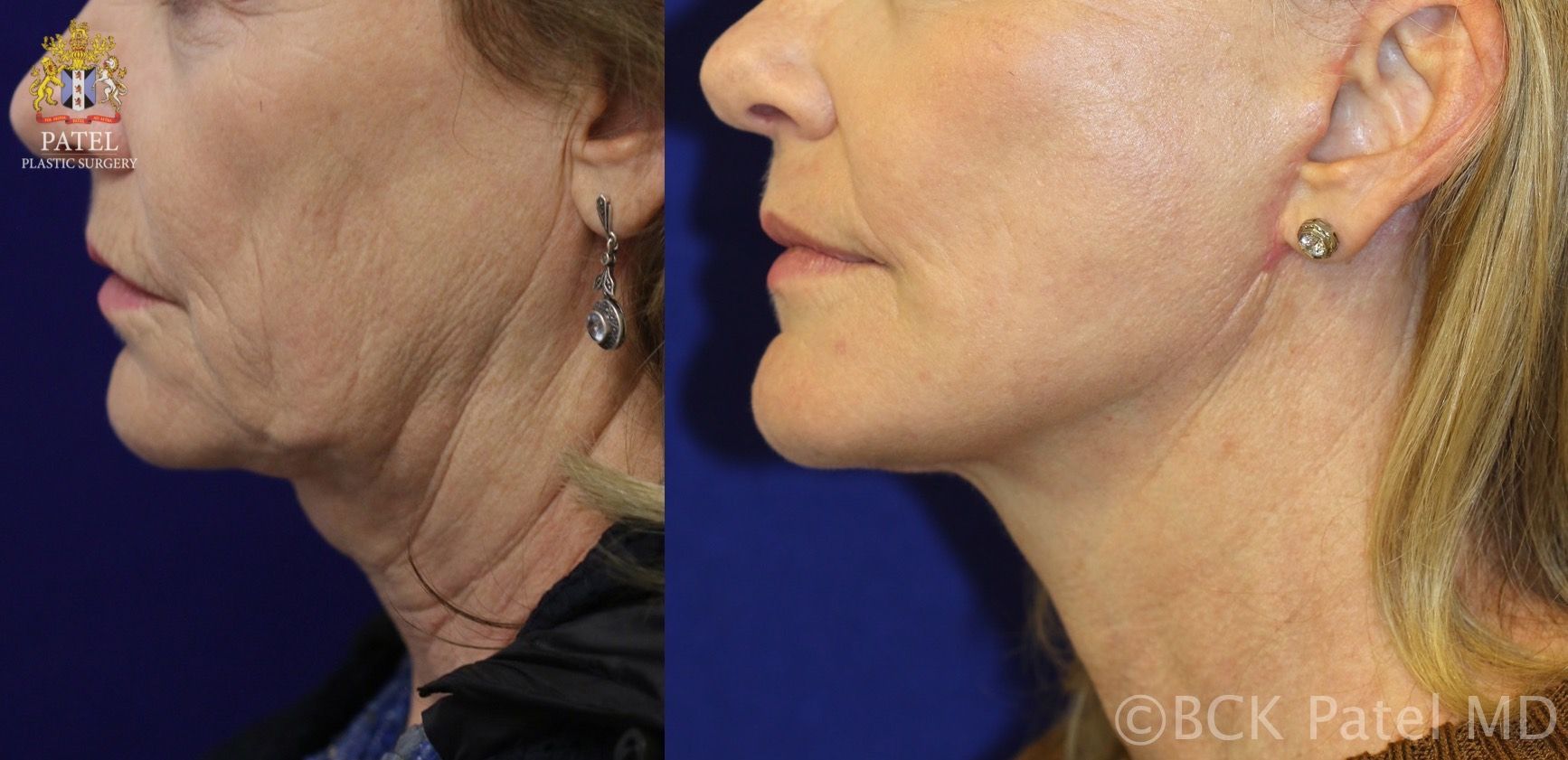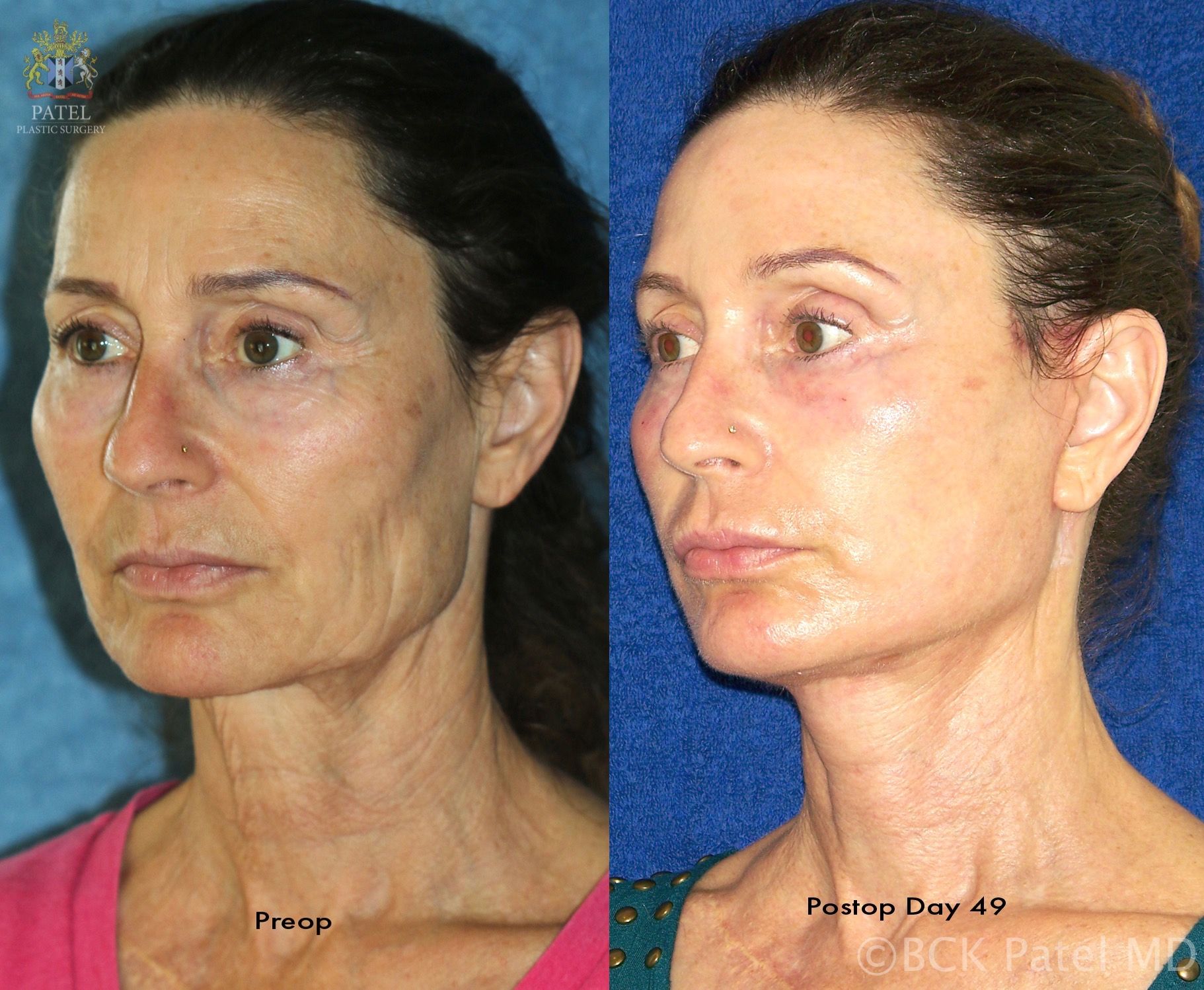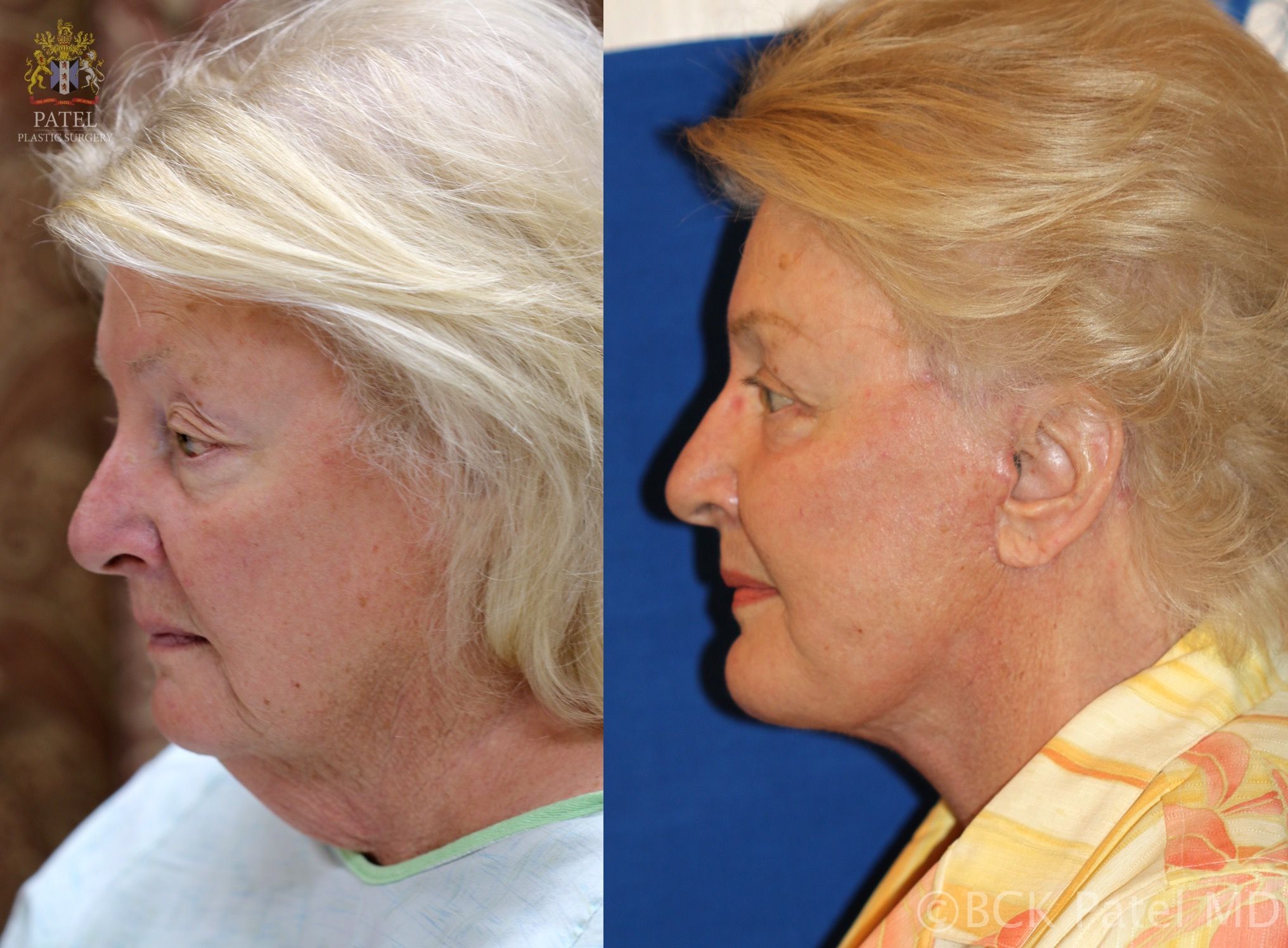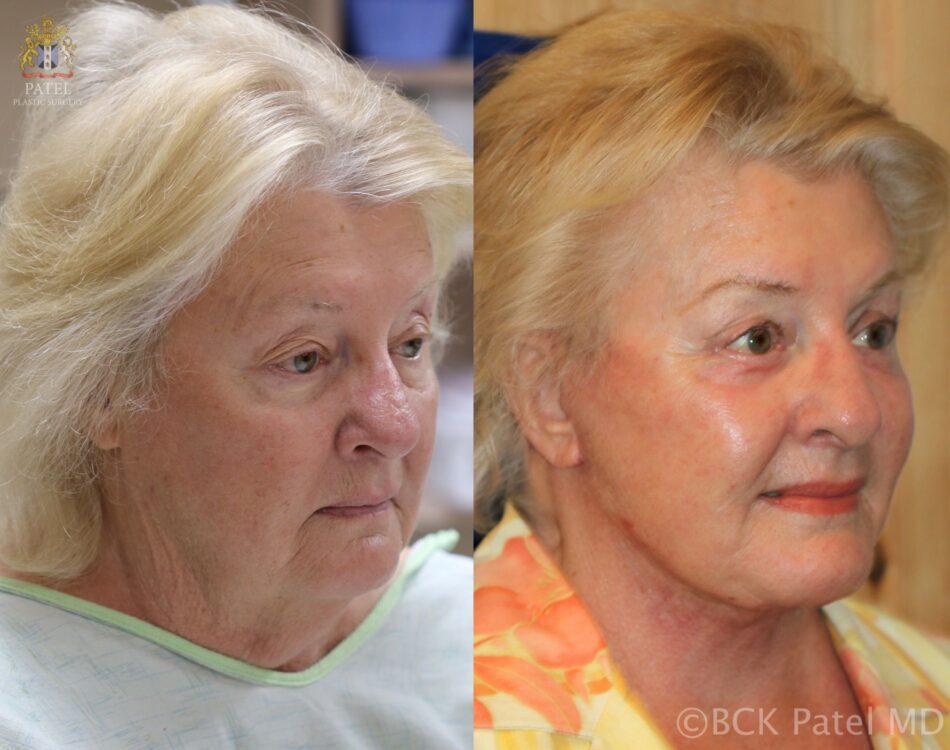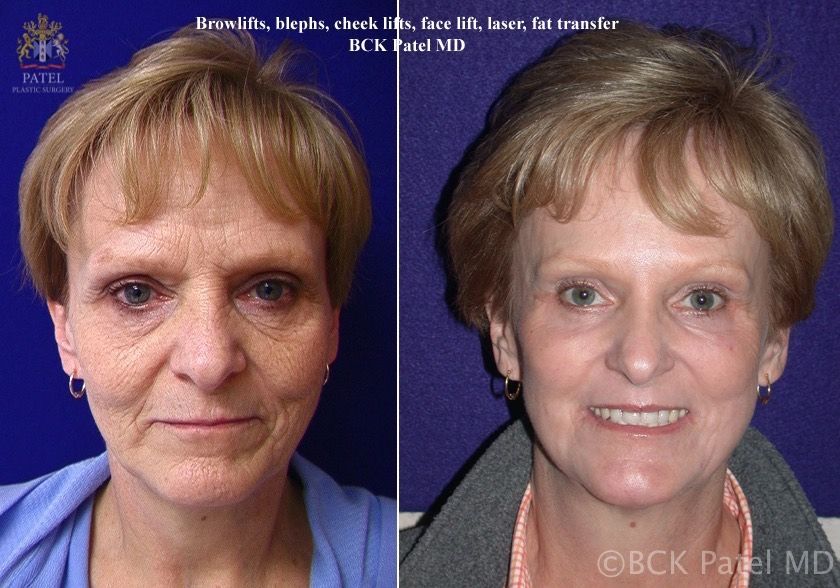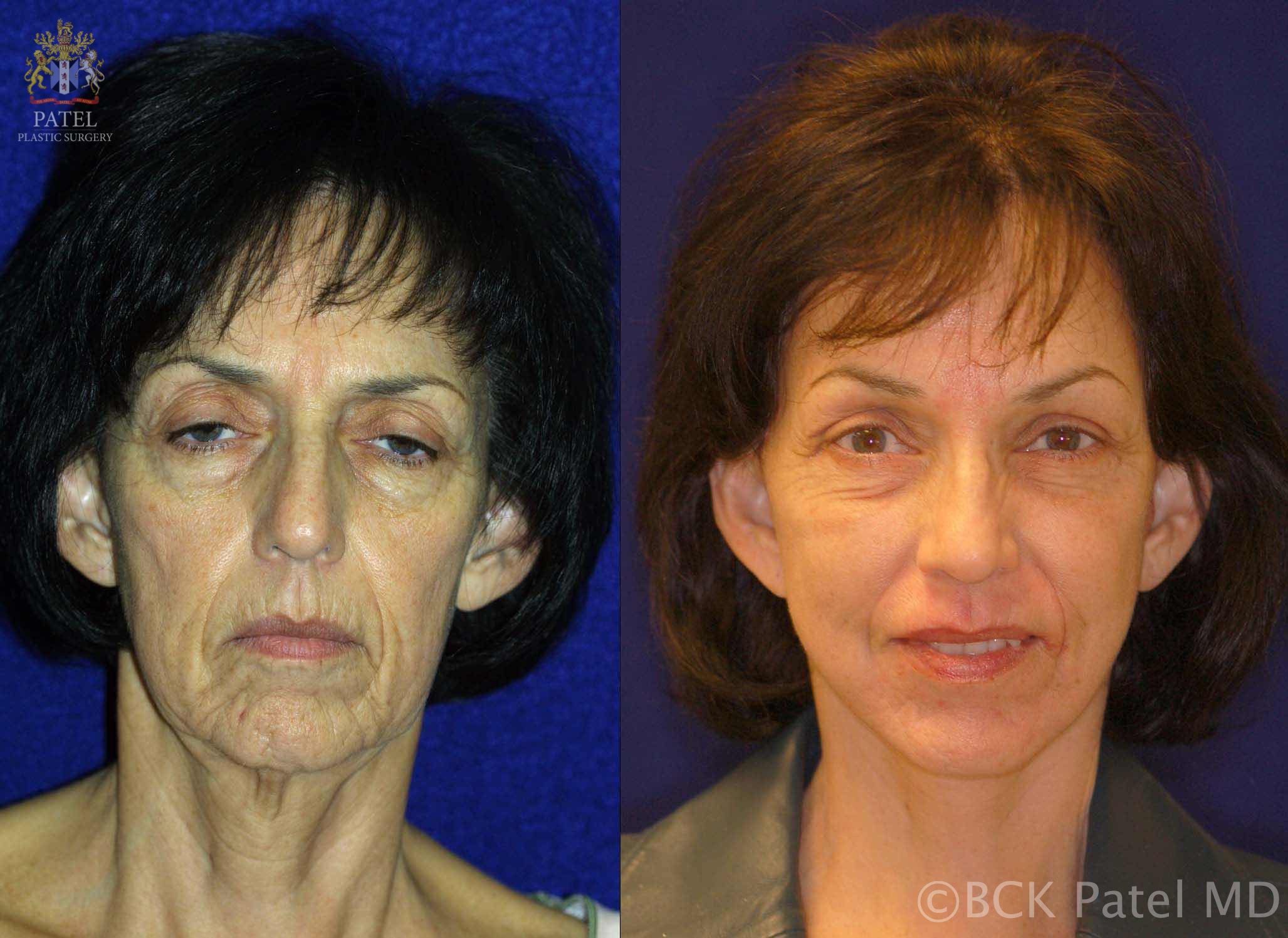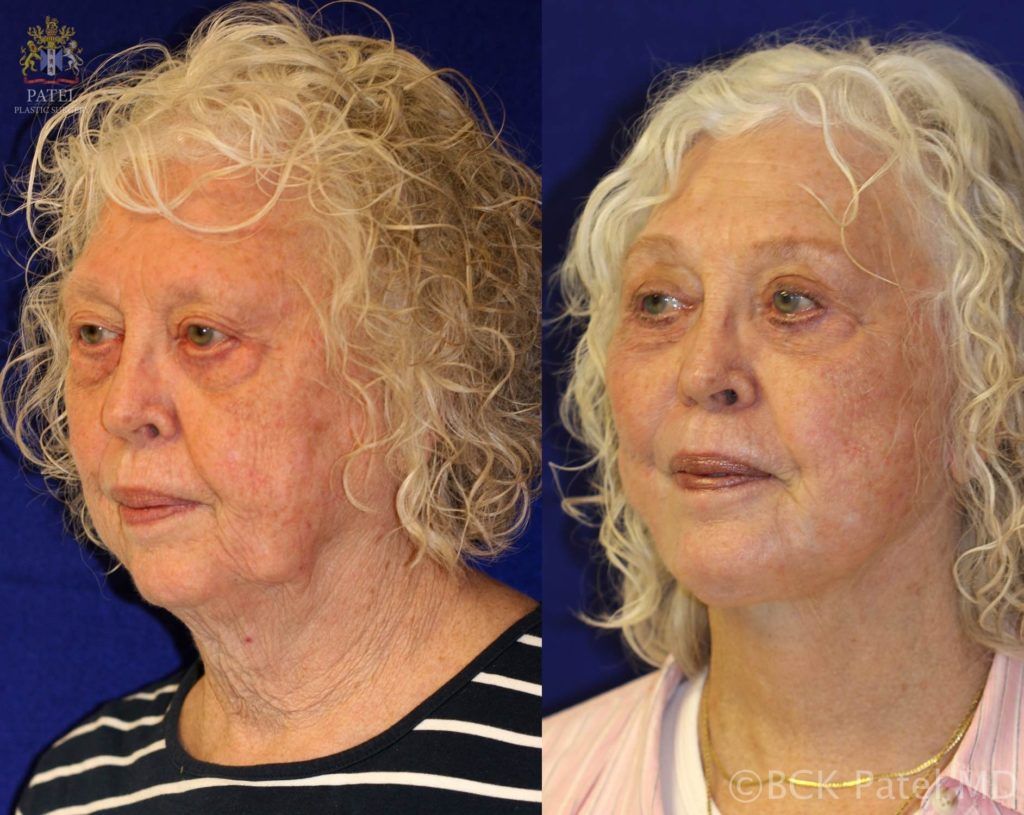In a medium facelift (RHYTIDECTOMY), there will be an incision below the chin to allow access to some of the neck structures. The incisions are still kept mostly in front of the ear, with a small extension around the earlobe to a small extension behind the ear. In a medium facelift, the following procedures are performed and the following improvements sought:
- Remove excessive jowling in the lower face
- Remove deep creases that appear between the nose and mouth and
- Restores a sharper and more defined jawline
- Improve neck sagging
It provides natural looking results with shorter operative time, quicker recovery, and less potential for complications compared with full face lifts.
How is the Medium Facelift (rhytidectomy) procedure preformed?
The procedure is performed under sedation anaesthesia as a day-procedure without the requirement for hospital admission.
This minimally invasive procedure involves less undermining of the skin than the traditional face lift and does not require exposing the facial nerve branches.
The procedure is characterised by short incisions, limited skin undermining and suture suspension of the deep tissue (SMAS) of the face.
How long the procedure takes?
The mediumi face lift procedure is quicker, taking an average of three hours versus the four to five hours required for a traditional (or full) face lift.
It is tolerated quite well by the patient and there is significantly less risk of DVT and other potential complications associated with longer duration surgeries.
What is the recovery from a medium facelift (rhytiectomy) surgery?
Most people tolerate the MACS lift reasonably well. Since no general anaesthesia is administered; patients are able to go home straight after the surgery and do not required prolonged post-surgical inpatient monitoring.
While facial swelling and some bruising is common, the severity and duration is more limited when compared with a traditional face lift.

